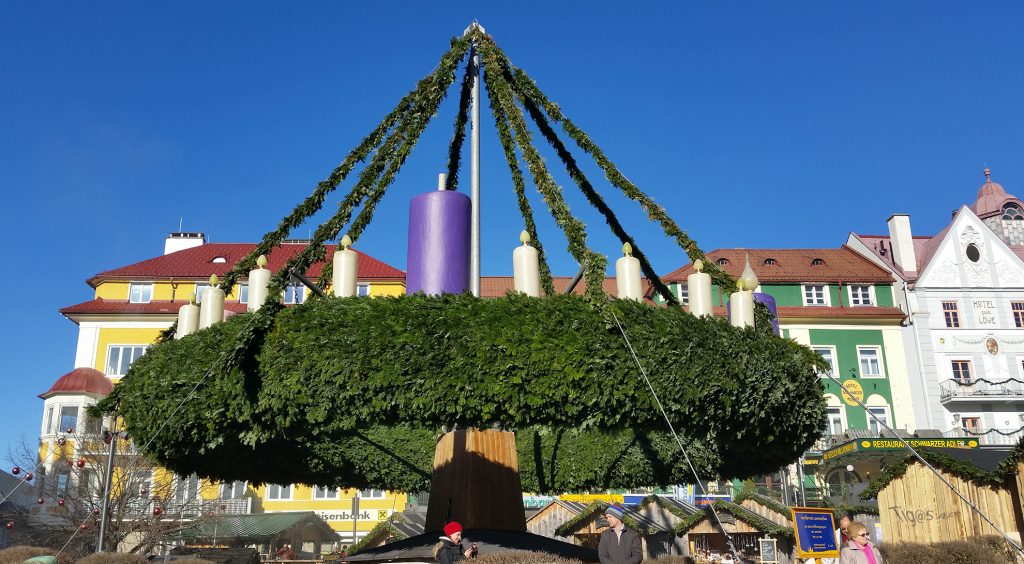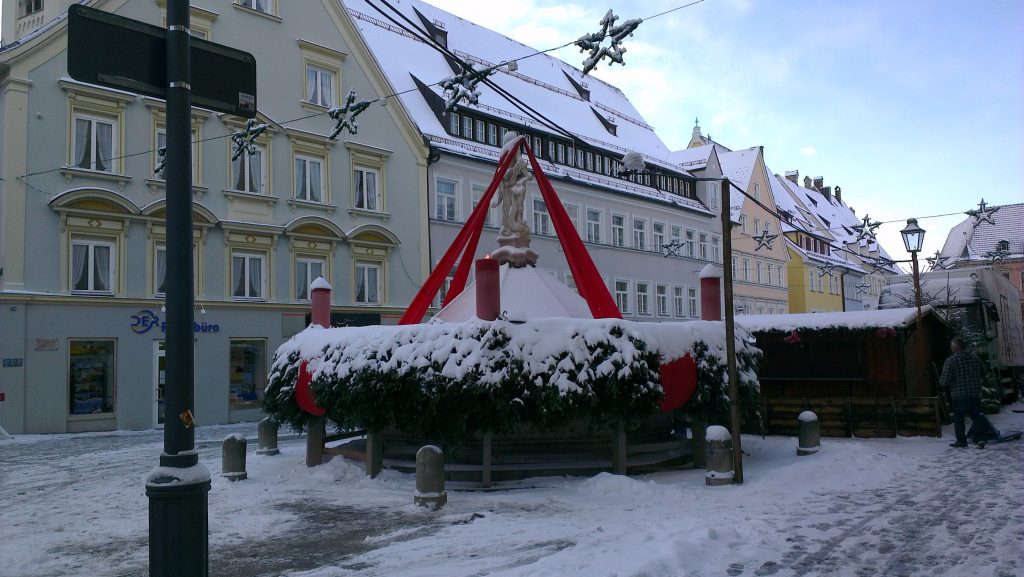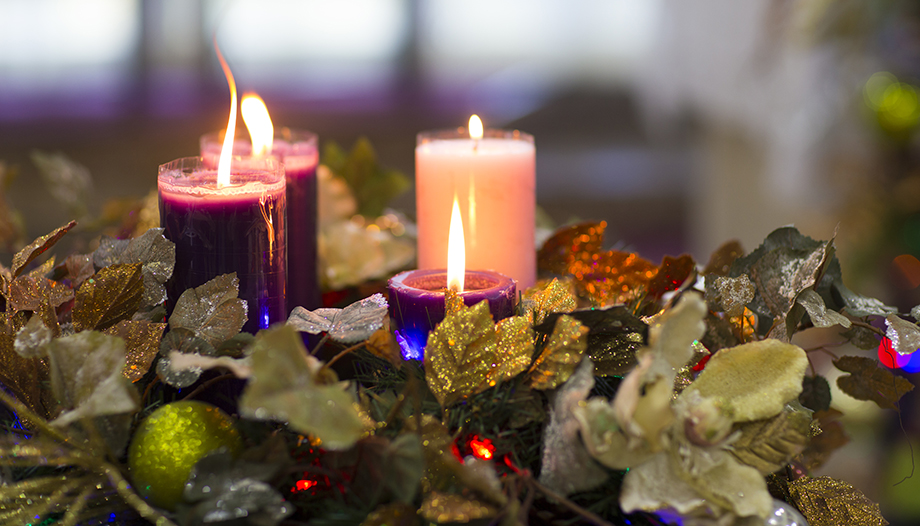 Caminito de Belén: Living Advent with the family
Caminito de Belén: Living Advent with the family Advent: a thousand-year wait. Between history, scripture and astronomy.
Advent: a thousand-year wait. Between history, scripture and astronomy.Although pagan predecessors can be recognized in the Advent wreath, such as the torches that were lit at the dark time of the year in a kind of incantation to the sun god for his return, its authentic history is relatively recent.
The Protestant theologian Johann Hinrich Wichern (1808 -1881) founded a kind of village in his native Hamburg to "rescue neglected and difficult-to-educate children" - the "little children" who populate the literature of the 19th century - the so-called "Rauhes Haus". With a revolutionary educational concept for the time, they learned to read and write, but also to leave their past behind. Those who entered the "Rauhes Haus" "had to forgive everything completely and forever".
Wichern placed the first Advent wreath in that house in 1839, hanging it from the prayer room to prepare his pupils for Christmas. The "original" or also called "Wichern's" wreath consisted of a wagon wheel covered with spruce branches, with four large white candles, symbolizing the Sundays, interspersed with smaller red ones, representing the working days. The first candle was lit on the first Sunday of Advent and the last one on December 24.
The "Wichern wreath", with its four white and 20 thinner red candles, is still used in some particularly significant buildings such as the Bundestag or German Parliament, the Hamburg City Hall or "Sankt Michaelis", the most important evangelical church in the same city. However, mainly for practical reasons, it was soon replaced by four candles, one for each Sunday of Advent.
At the beginning of the 20th century, what was a custom in the Protestant world also spread to the Catholic world: in 1925, an Advent wreath was placed for the first time in a Catholic church in Cologne; in 1930, Munich followed suit.
The attempted Nazi destruction of the Advent wreath
During the National Socialist era (1933-1945), Nazi ideologues tried to take over Christmas and transform the Christian Christmas into a "German Christmas", "Yule" or "Winter Solstice Festival".
The Advent wreath came to represent the four seasons. In addition, instead of the classical wreath of spruce branches, alternative forms were added to the supporting structure, such as the wheel of the sun or Viking decorations symbolizing the Germanic origin; in other cases, a base in the form of a swastika was used. It was also attempted to substitute a special pagan symbol: the "Julleuchter" ("Yule Candlestick"). This clay candlestick, decorated with Germanic runes, was associated with the "winter solstice festival"; although it is an ancient symbol, it was appropriated by Nazism.
The close relationship between this pagan symbol and the National Socialist terror led to their almost total destruction after 1945. Surprisingly, perhaps because of the current efforts to distort the Christian character of Christmas, such candlesticks are again being produced today.
Despite these efforts, the Advent wreath was already so widespread that the Nazis were unable to displace it. Although nowadays they can be made in all shapes -not only in a circle-, with other types of support, such as wood or metal, and with candles of different colors, the traditional Advent wreath has a circular shape, with the green support formed by spruce branches and the red or white candles, at least this way in private houses or also in stores, etc.
Advent Wreath today
For liturgical use; that is, in churches, the Advent wreath can have the candles in the color of the liturgy, violet or purple. In this case -following also the liturgical use-, the third one has a lighter color or even pink, as it is the color of the ornaments used in the third Sunday of Advent, or "gaudete" Sunday. In some cases a white candle is added, in the center of the wreath, which is lit on Christmas Eve.
Less frequently, Advent wreaths with candles in the four liturgical colors of white, green, red and violet can be seen in churches. However, even in German churches, traditional wreaths with red candles are still predominant.
The most famous Advent wreaths
The world's largest hanging Advent wreath - at least traditionally considered so - is on the fountain in the main square of the Austrian town of Mariazell. It has a diameter of 12 meters and weighs six tons. It is inspired by the original Wichern Advent wreath and decorated with 24 lights: four for Advent Sundays and 20 for weekdays.

However, since this one is made of artificial materials, the largest "real" Advent wreath in the world is in Kaufbeuren: it is placed on the Neptune Fountain from the first Sunday of Advent until the Feast of the Three Wise Men and has a diameter of eight meters.
This wreath is made with real fir branches and decorated with wax candles almost two meters high.

Symbolism of the Advent wreath
The Advent wreath has several symbols; the fact that, as each candle is lit, the light increases symbolizes the coming of the one who is the "light of the world".
Its different elements also have a certain symbolism: the circular shape - the circle has no beginning and no end - recalls the unity and eternity of God.
The green branches represent the living Christ, since green symbolizes hope and life, and already refer to the Christmas tree.
Even the color of the candles has its symbolism: the most usual, red, symbolizes that Jesus Christ gave his life for mankind; we have already referred to violet candles as a symbol of Advent.











